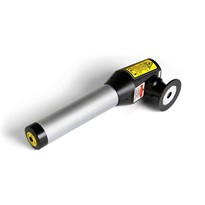However, it is still being determined which electrophysical agent is more effective.
Methods: Thirty-four adults with mild-to-moderate KOA were randomly allocated to either LL + EX or HL + EX (n = 17 each). Both groups underwent their respective intervention weekly for twelve weeks. Participants’ Knee Injury and Osteoarthritis Outcome Score (KOOS), Numerical Pain Rating Scale (NPRS), active knee flexion, and Timed Up-and-Go test (TUG) were assessed.
Study found that combining LLLT or HIL with usual KOA rehabilitation exercises resulted in statistically significant improvements in knee pain, knee-related disability, physical function, and functional mobility. Interestingly, the results also indicate that combining HIL with exercises produces greater positive changes than using LLLT as an adjunctive therapy to rehabilitation exercises in patients with knee osteoarthritis; specifically, the improvements in knee pain, physical function, and knee-related disability surpassed clinical relevance capacity. Thus, this study supports the consideration of HIL as a more effective treatment option than LLLT in the management of knee osteoarthritis.



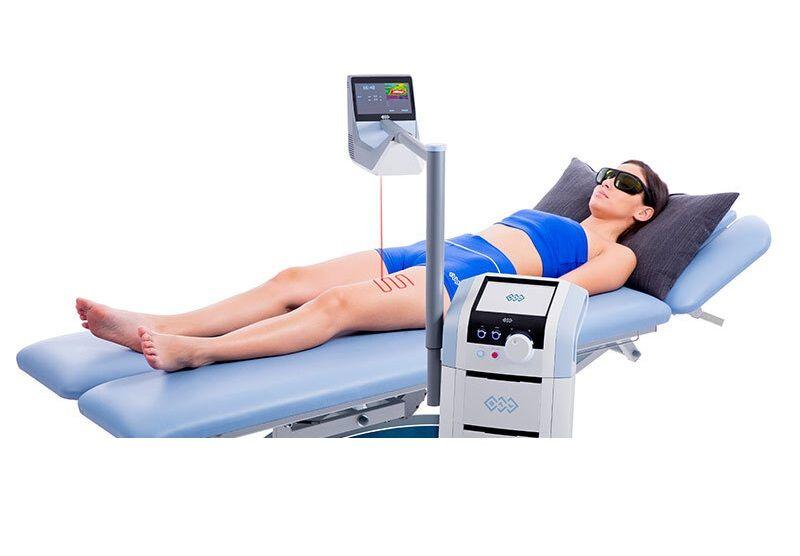


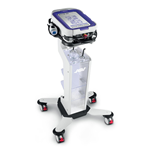
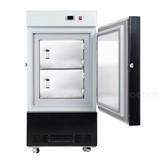
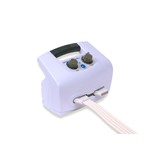
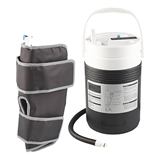

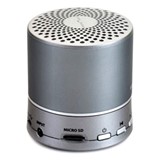
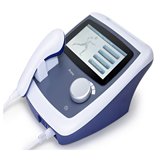





-205x205.jpg)


